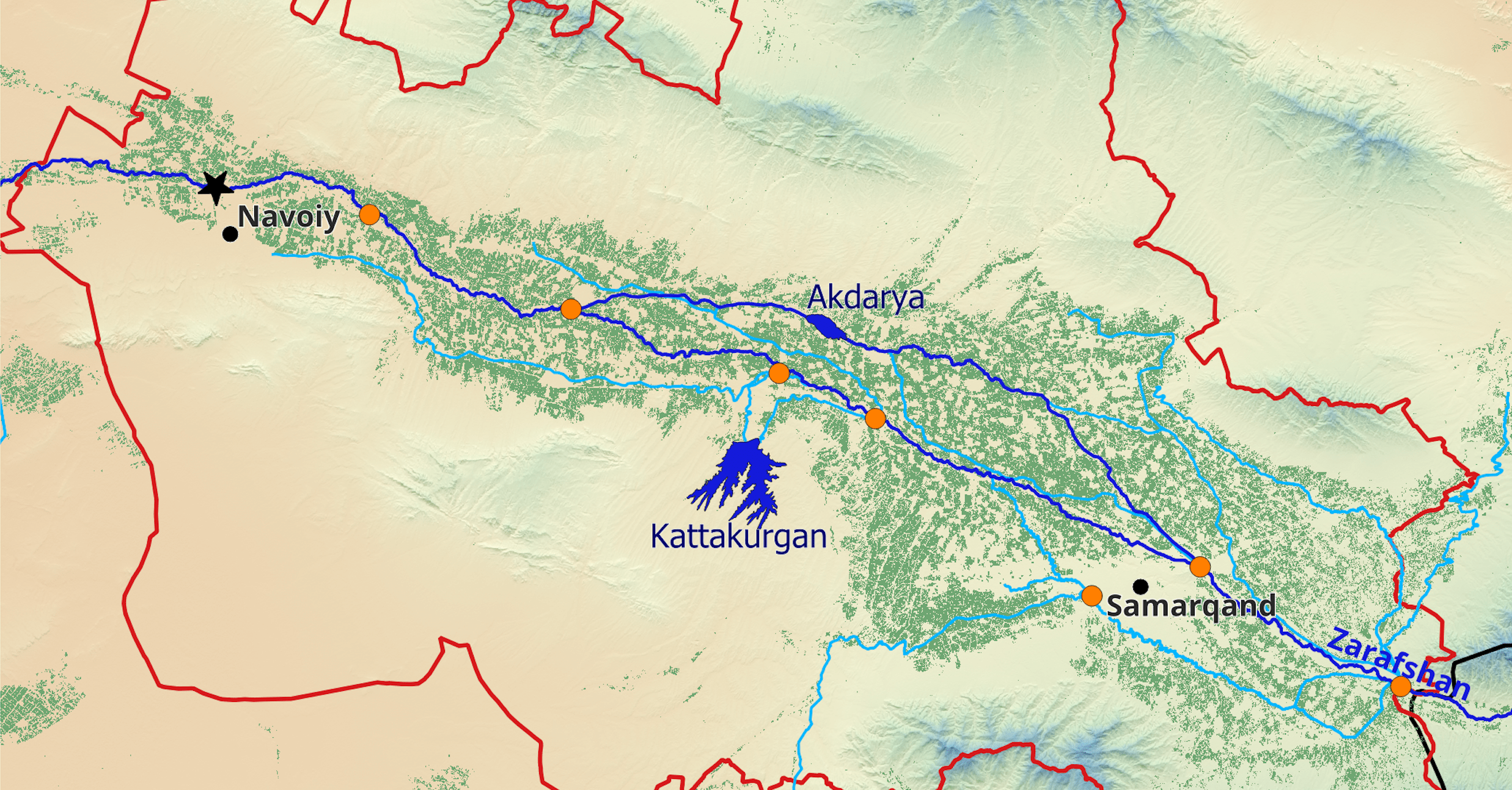Flood Prediction Modeling for Small Mountain River Catchments in China
Rainstorm flash floods are a common and serious phenomenon during the summer months in many mountainous regions of China. hydrosolutions ltd. has developed a modeling strategy for simulating flood events in small river basins of currently seven Chinese provinces (Shanxi, Henan, Beijing, Fujian, Gansu, Jiangxi, Sichuan).
discharge observations available
Physical catchment characteristics considered for machine learning
probability of detection of a 10-year flood event in ungauged catchments in South China
probability of detection of a 10-year flood event in ungauged catchments in North China
Rainstorm flash floods are a common and severe phenomenon during the summer months in many mountainous regions of China. hydrosolutions ltd. is developing a modeling strategy for simulating flood events in small river basins of currently seven Chinese provinces (Shanxi, Henan, Beijing, Fujian, Gansu, Jiangxi, Sichuan). The project is supported by the China Institute of Water Resources and Hydropower Research (IWHR) within the national initiative framework for flood prediction and early warning system for mountainous regions in China. The long-term goal of IWHR is to develop a national operational model for predicting and forecasting hydrological extremes in basins of size 10 – 2'000 square kilometers.
In a first step, we evaluated three state-of-the-art hydrological models for a pilot study catchment in Henan province: i) TOPKAPI-ETH, a gridded model that has been developed at ETH Zurich for flood modeling in mountainous basins, ii) PRMS/OMS, a semi-distributed model initially designed by the U.S Geological Survey and iii) PREVAH, a semi-distributed model that is in operational use for several mountainous catchments in Switzerland. Among these three models, PRMS/OMS was selected because of excellent model performance, computational efficiency, and the possibility to combine it at a later stage with other models integrated into the Object Modeling System (OMS). PRMS/OMS can operate at both daily and storm timescales, switching between the two using a precipitation threshold. This functionality allows the model to perform continuous simulations over several years and to switch to the storm mode to simulate storm response in greater detail.

The model was then set up for more than 20 watersheds in China for which hourly precipitation and runoff data are available. Automatic calibration based on the Shuffled Complex Evolution method was applied to identify optimal parameter sets for the representation of peak flows from past storm events. The following research questions were then addressed to assist IWHR in the development of an operational model for China:
- Are there geographical regions where the model fails to adequately represent certain flood events? If yes, can the model performance be improved by using additional - model components or different algorithms for the representation of dominant processes?
- How do optimal parameter sets differ from catchment to catchment, and why?
- Which is the necessary spatial resolution that should be considered to define hydrological response units (HRUs)?
- What is the minimum temporal resolution to represent flash floods with a hydrological model?
The lack of streamflow data is a common problem in China and other parts of the world and substantially complicates the application of operational models for flood forecasting. One of the main challenges of this project is thus to provide recommendations regarding parameter choices for ungauged catchments. For this purpose, we continue to integrate data from further catchments into our modeling framework with the goal of setting up a library of optimal parameter sets for different geographical regions in China. Catchment attributes related to climate, geology, soil texture, or vegetation can then be related to functional parameter sets available for parameter transfer. Based on this library, catchment attributes and a series of cross-validation tests hydrosolutions ltd. is developing a strategy for successful parameter transfer to ungauged catchments in China.
More Projects






